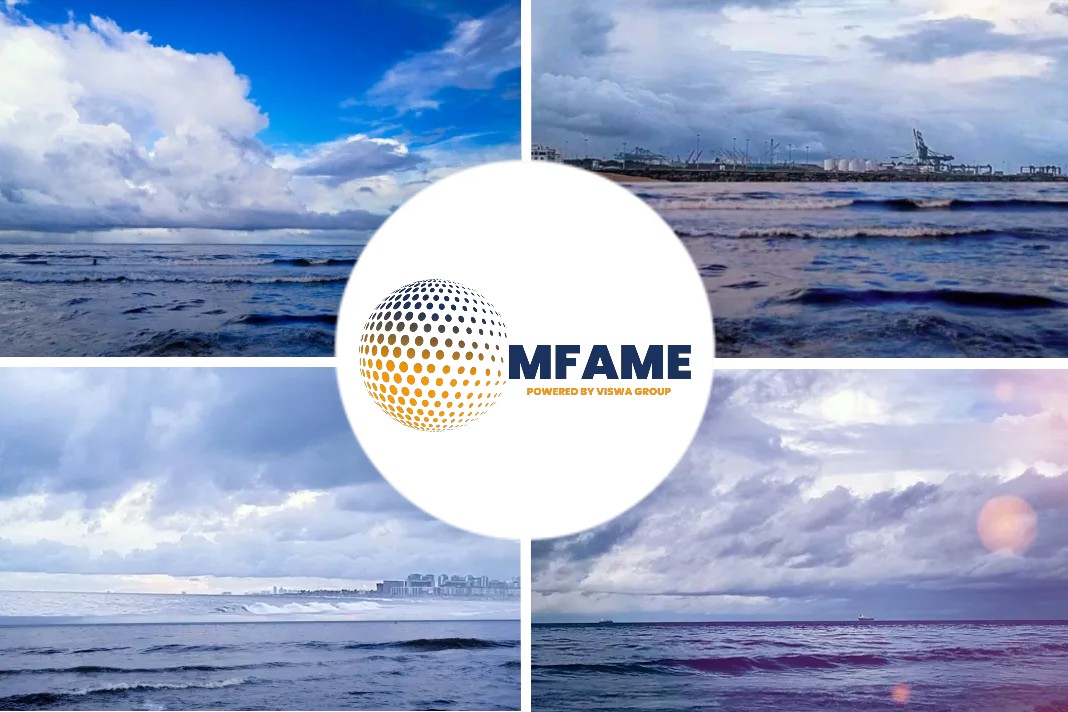The Port of Singapore is set for another year of growth in bunker fuel sales in 2019 as it has laid out plans to enhance its infrastructure and services ahead of its mass flow meter mandate for distillates and tightening environmental rules in international shipping.
Steady Demand for Bunker
A bunker trader said, “While the number of suppliers has shrunk over the years, bunker demand is likely to remain steady as Singapore would still be a key bunkering port due to its strategic location and infrastructure”.
According to data from the Maritime and Port Authority of Singapore in January, Singapore, the world’s largest bunkering port, saw its marine fuel sales rise 4.2% year on year to a record 50.6 million mt in 2017.
Over January-October 2018, Singapore’s bunker sales totaled 41.6 million mt, edging down around 1% year on year. However, market sources still expect the full-year volume to surpass 50 million mt.
A bunker supplier said, “Requirements are quite stable now, adding that bunker fuel quality issues that emanated from Houston earlier this year and subsequently impacted ports globally, including Singapore, have mostly dissipated in the city-port. Up to 50 vessels in Singapore were heard to have received off-specification bunker fuel around June-August, which temporarily dampened buying sentiment”.
Another bunker supplier said, “It’s true that there were some months when sales dampened due to off-spec issues, especially during August, but overall demand is still quite steady and seems to be so going into next year”.
MFMS for Distillates
On January 1, 2017, Singapore became the first country worldwide to introduce a mass flow meter mandate for fuel oil deliveries. MFMs measure the flow rate in the pipe, gauging the quantity as well as the mass and density of the fuel, and significantly reducing the risk of vessels receiving contaminated fuel.
The MPA is now scheduled to mandate the use of MFMs for delivery of distillates at the Port of Singapore from July 1, 2019. In October, the MPA said it started acceptance tests to roll out MFMs on bunker tankers for the delivery of distillates, with the first test completed in September.
A bunker supplier said, “We have had a positive experience using mass flow meters [for fuel oil], MFMs for MGO deliveries will be an easier transition due to the experience with MFMs for fuel oil deliveries. Plans to implement MFMs for MGO in Singapore well in advance of 2020 would bode well for customers who opt for 0.5% sulfur bunker fuels to comply with the International Maritime Organization’s global sulfur limit rule for marine fuels”.
About 95% of the compliant bunker fuel demand globally is likely to be met by MGO and LSFO come 2020, industry sources estimate.
Restructuring in Need of the Hour
Singapore’s bunker market is poised for more restructuring in 2019 after the number of its marine fuel suppliers fell in 2017 and 2018 from previous years.
Some existing suppliers might consider merging with others or exiting the industry altogether if they cannot cope with changing industry dynamics as the IMO 2020 rule is going to throw up numerous challenges globally.
Currently, bunker suppliers typically dedicate their tankers exclusively to a specific fuel type to reduce the risk of contamination, but with an increasing number of fuel types and blends, operational scheduling of bunker tankers is becoming more complicated.
Another bunker supplier said his company was now focusing on having the right number of barges to accommodate any request from cargo players as 2020 approached.
The MPA has also developed a comprehensive action plan to prepare for the rule. The MPA is working closely with bunker suppliers to ensure adequate availability of compliant fuel oil in Singapore ahead of 2020. A list of suppliers that are able to supply compliant fuel will be provided by mid-2019, it said in November.
The supplied concluded, “The supply and demand dynamics are still uncertain ahead of 2020, sales volumes for the different grades would depend on shipowners and their preferences”.
Did you subscribe for our daily newsletter?
It’s Free! Click here to Subscribe!
Source: S&P Global























